Hallux Valgus Interphalangeus [Causes, Symptoms & Best Treatment]
Hallux valgus interphalangeus is defined as a deformity between the long axis of distal phalanx and proximal phalanx over 10 °. This is a bunion!
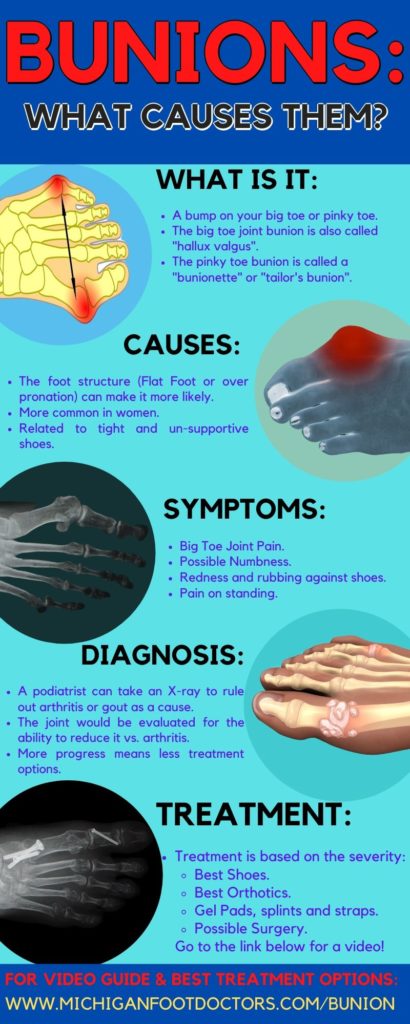
Table of Contents
Bunion Pictures & Photo Gallery:
Look:
- The associated photos are pictures of bunions.
- A big toe joint bunion is a prominence of the first metatarsal phalangeal joint.
- A tailor’s bunion is the prominence of the fifth metatarsal phalangeal joint.
- There are multiple stages of bunions ranging from minimal dislocation to severe dislocation to severe dislocation with arthritis.
- It is important to note that the sesamoid bones dislocate from the big toe joint and that the bunion itself is more of a dislocation injury than an arthritic injury.
- Although we frequently see bunions that also have arthritis, and is much more likely.
- We do perform minimally invasive bunion surgery at our clinic to limit the length of recovery time needed.
Please click on the gallery to read the description! Feel free to share pictures.
Hallux Valgus Interphalangeus Overview:
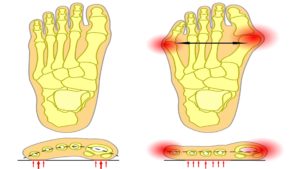
- If the first metatarsophalangeal joint(1st MPJ) is arthritic or mal-aligned in anyway, then it is possible to have arthritic damage of the hallux interphalangeus joint as well.
- It is more likely that there is increased pressure on the hallux interphalangeus joint if there is a more rectus or fused 1st MPJ joint such as post arthrodesis or hallux rigidus.
- Hallux valgus interphalangeus is the angulation of your big toe. Top causes includ #1) Big toe joint arthritis, #2) Bunion deformity & #3) Improper shoes!
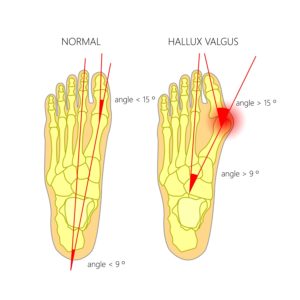
Causes:
- The causes of hallux about this interphalangeus are like a bunion.
- We most commonly see it develop in the hallux interphalangeal joint due to stiffness in the big toe joint.
- If patients have hallux rigidness, which is the arthritis of the big toe joint.
- It is more likely for hallux values interphalangeus to occur.
- It is more common in people with flat feet.
- It is more common in people who do not wear supportive shoes.
- It is more common in people with ankle joint tightness.
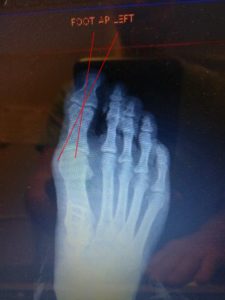
Symptoms:
- The big toe joint will look like a bunion, but the angulation will be in the actual toe.
- Most bunions have the appearance of a dislocation at the metatarsal phalangeal joint.
- In hallux valgus interphalangeus this is in the hallux interphalangeal joint.
- This can lead to difficulty fitting into tight shoes.
- It can lead to increased pain while standing.
- It can lead to pain and numbness in the big toe joint.
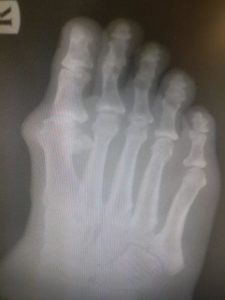
Diagnosis:
- Diagnosis is generally performed by foot specialist like a podiatrist.
- The joint can be evaluated from a biomechanical standpoint, especially focusing on the metatarsal phalangeal joint and the hallux interphalangeal joints.
- An x-ray should be taken to confirm that there is no arthritis in the big toe joint or hallux valgus metatarsal phalangeal joint.
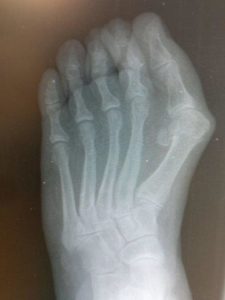
Hallux valgus Inter-phalangeus Surgery:
- There are many different bunion surgeries available for treatment.
- Hallux valgus interphalangeus bunion surgery is different than a true first metatarsal phalangeal joint bunion surgery.
- First metatarsal phalangeal joint surgery may require a Chevron bunionectomy, first metatarsal joint effusion, or a Lapidus bunion ectomy.
- There is a procedure called an Akin osteotomy that is likely the choice procedure for hallux values interphalangeus surgery.
Hallux Valgus Interphalangeus Fusion Surgery:
- Another option is a hallux interphalangeal joint fusion.
- This is also called the hallux IPJ fusion.
- This usually consists of putting one or two screws from the tip of the toe across the hallux interphalangeal joint.
- This is usually for people who have broken their toe and have extreme arthritis and pain in the hallux IPJ joint.
- This is actually a fairly high satisfaction rate procedure. This is one that we do more frequently.
- An Akin osteotomy likely will not be strong enough to permanently correct deformity such as this.
Hallux valgus Inter-phalangeus Surgery Recovery Time:
- The recovery time is generally less than true bunion surgery.
- Because the hallux interphalangeal joint is not truly a weight-bearing joint.
- This can still lead to swelling for numerous months.
- We generally tell patients to estimate about 50% of the final product at six weeks, 75% of the final product at 12 weeks and about 95% of the final product at about six months.
- At one year it is normal to experience the outcome.
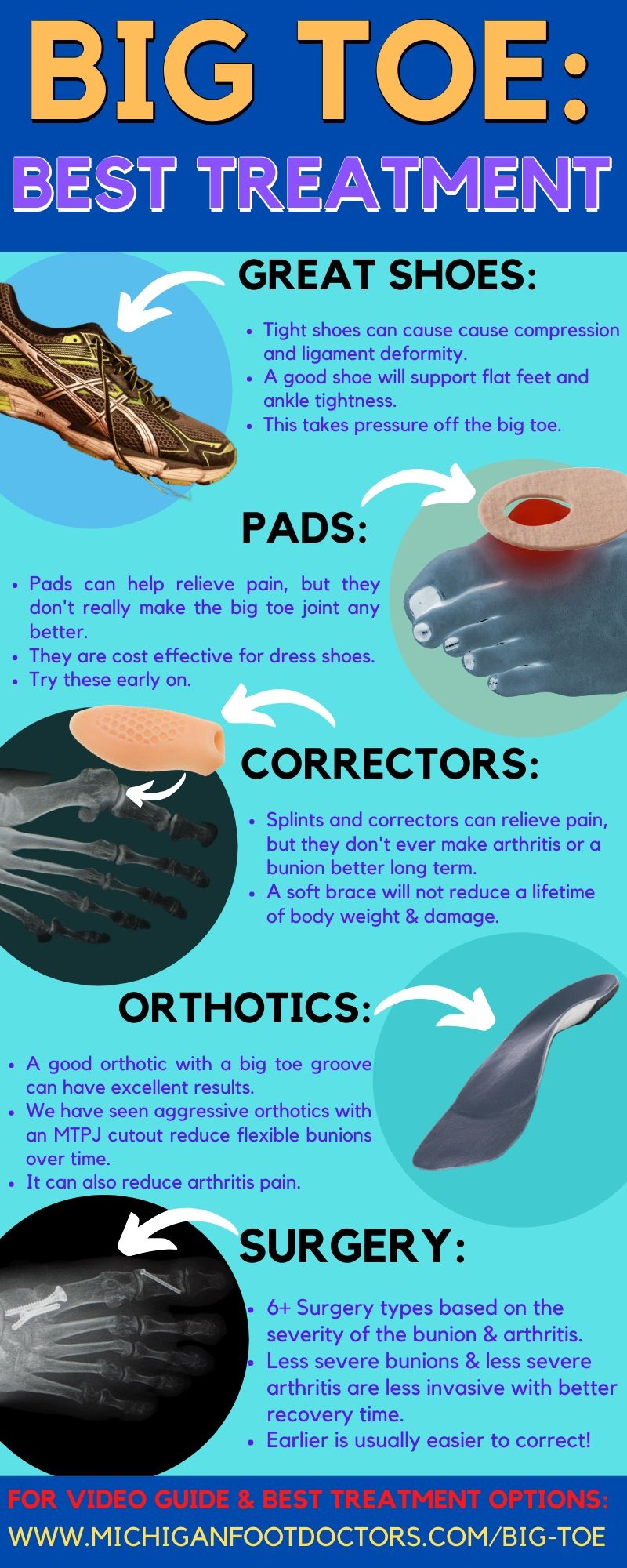
Big Toe Joint, Hammer Toe & Bunionette Problems:
